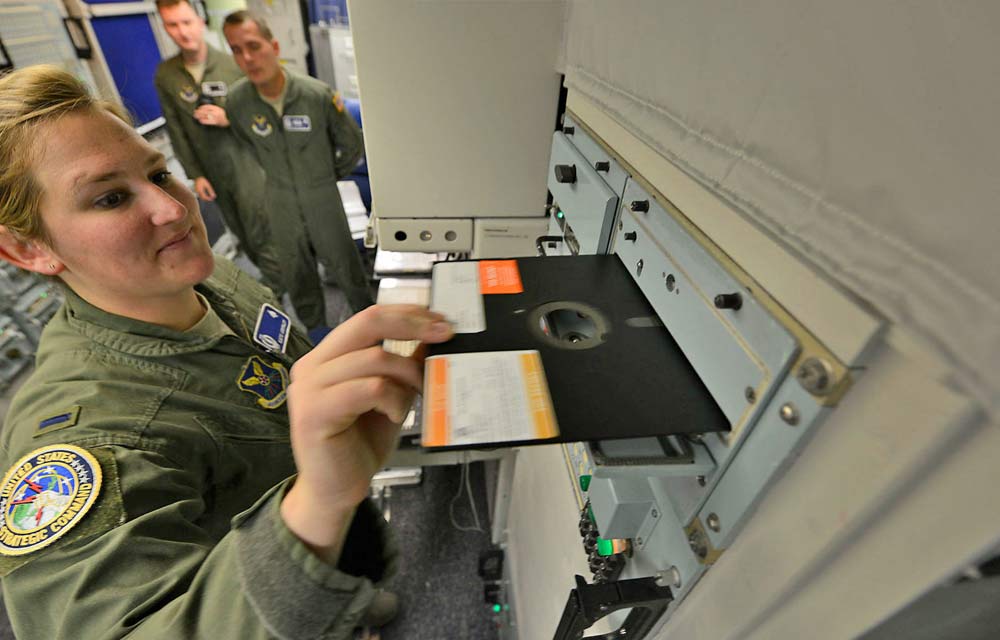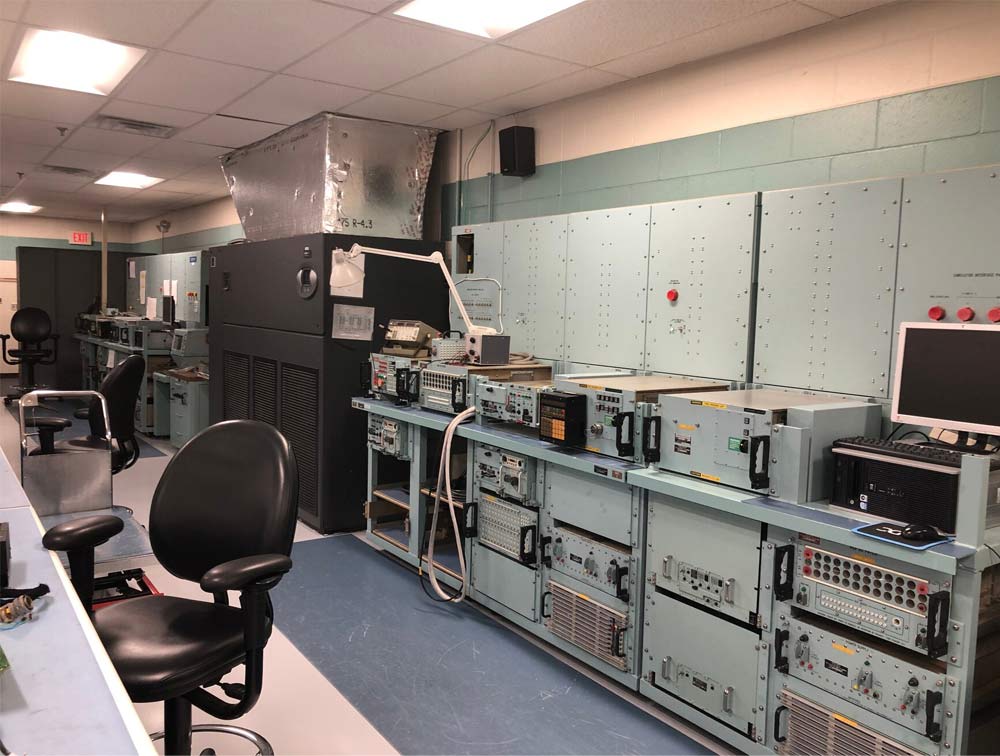The U.S. military has been using an 8-inch floppy disks and IBM Series-1 computers to receive nuclear launch orders from the President.
The 8-inch floppy disks were used with the Strategic Automated Command and Control System, or SACCS, to send emergency action messages from command centers to field forces to coordinate the operational functions of U.S. nuclear forces (ICBMs, nuclear bombers, and SLBMs).
It was regarded ironic that the U.S., a country regarded as the world leader when it comes to military technology and power, to have used technologies that can be dated back to the 1970s for something so sensitive.
However, the technologies were used because they were created long before the internet.
In other words, they are practically unhackable.

According to Lt. Col. Jason Rossi, Commander of the Air Force’s 595th Strategic Communications Squadron:
Unfortunately time passes, and so do the people who are responsible in maintaining the system.
While both active-duty and civilian personnel are needed to keep SACCS operational, most of the active-duty maintainers working on the system are young and less-experienced about ancient technologies. Many of the young personnel are trained to manage modern IT infrastructure, and not with systems like SACCS that require maintainers to learn skills like how to solder metal, Rossi said.
"I have guys in here who have circuits, diodes, and resisters memorized," he said.
"They use a TO [technical order] to make sure they’re right, but these guys have been doing it for so long, when the parts come in, they can tell you what’s wrong just based on a fault code or something. That level of expertise is very hard to replace. It’s not sexy work. It’s soldering irons and micro-miniature microscopes."
While most modern technologies are plug-and-play, with broken parts can be simply be replaced, older technologies on the SACCS may need some soldering when they are broken. In other words, old hardware that needed repairs, required a lot of work.
“The challenges get a little larger when we’re actually repairing them down to component level,” he said.
The biggest challenge faced was the training, as a lot of the younger personnel aren't exposed to this kind of system.

Despite the age of the system, the military was still confident in its security.
What's more, introducing new technology to the system is difficult.
"You have to be able to certify that an adversary can't take control of that weapon, that the weapon will be able to do what it's supposed to do when you call on it," said Air Force Scientific Advisory Board chair Dr. Werner JA Dahm back in 2016.
But because the technologies have become increasingly obsolete, and training personnel with antique technology isn't efficient, as a result, those old hardware needed to go.
Rossi said that the military has replaced the floppy drives with a "highly-secure solid state digital storage solution."
This follows earlier report in 2016, which said that the U.S. Defense Department would replace the old IBM Series/1 SACCS computer, and “update its data storage solutions, port expansion processors, portable terminals, and desktop terminals by the end of fiscal year 2017."
While the Air Force hasn't revealed whether that project is complete, but it did say that it has enhanced the speed and connectivity of SACCS.
Aging systems were also found in the Pentagon, the Departments of Agriculture, Commerce, Energy, Homeland Security, Justice, State, and Veterans Affairs.